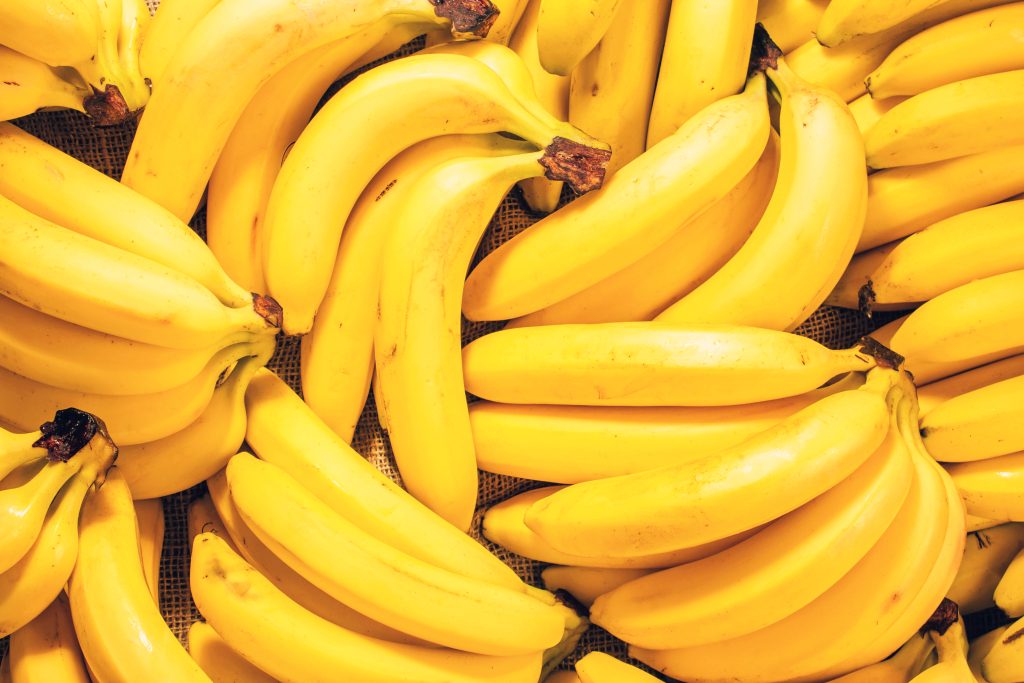JAKARTA, incaschool.sch.id – Hey there! If you’re on the hunt for something fun, a little quirky, and secretly educational, let’s talk bananas. Literally. This is all about Banana Experiment Ideas: What You Can Teach Through Ripening. I’ve spent way too many afternoons in my kitchen watching bananas change color—and trust me, it’s not just “waiting for them to go brown.” There’s a ton you (and the kids, or just your curious self) can learn from simple banana experiments. Plus, I’m gonna share the unexpected disasters I had, so you don’t have to stumble like I did. Ready? Let’s peel back the layers (pun intended)!
Why Bananas? The Ultimate Home Science Tool

Bare with me—bananas are in nearly everyone’s fruit basket, right? They ripen faster than you can say “fruit salad” and teach so much about biology, chemistry, and a bit of patience (oh, trust me). I started my journey with just a single banana and some curiosity, but totally underestimated how wild experimenting could get. I once left bananas on top of the fridge, thinking the warmer spot would be “more dramatic” for an experiment. Well, I woke up to a fruit fly rave party. Classic rookie mistake! (Lesson one: Cover your fruits!)
See, bananas are sensitive to a hormone called ethylene. It makes them ripen—and you can totally manipulate that. Toss in some apples or a tomato next to your banana, and things get real interesting, real quick.
My Favorite Banana Ripening Experiments (With Hypotheses and Surprises!)
The Paper Bag Hack: Old School Science
I grew up hearing, “Put it in a paper bag to make it ripen faster.” So, naturally, that’s what I tried first. My guess (or fancy word: hypothesis) was that the banana would ripen double-quick. So I threw in a few bananas into an old paper lunch bag, added an apple for good measure, and checked after 24, 48, and 72 hours. The result? Insane. They got soft and spotty at breakneck speed. I realized: ethylene concentration really matters. Pro tip—don’t forget about them, or you’ll be mopping up brown banana goo.
Refrigerator vs. Countertop: Cool vs. Casual
This one’s a classic showdown. I’ve always wondered—do my bananas last longer in the fridge? So, I split the bunch: some in the fridge, some on the counter. Knowledge bomb: The cold stops ripening on the outside, but the inside keeps going. It was so weird cracking open a gray-skinned banana to find it super sweet (and mushy) inside. Verdict? Store them in the fridge only when you want a cold banana snack, but not for slowing things down with style.
Banana Wrap: Stemming the Speed
I got this trick off the internet—wrapping the banana stems in plastic wrap. Supposedly, it slows the release of ethylene. I was skeptical, honestly. But guess what? My bananas stayed yellow at least two days longer than the control group. Science for the win! Mistake here? I got lazy and tried to wrap the whole bunch, only to find out that individual wrapping works best. The devil is in the details, my friend.
What Kids (And Adults) Can Actually Learn Here
Honestly, banana experiments are so much more than “wait and watch.” They pack real knowledge—especially about cause and effect, observation, and thinking like a mini scientist.
- Pattern Recognition: Noticing the change day by day sharpens observation skills. Try journaling or taking daily pics!
- Variables: Let kids (and yourself!) play with variables: temperature, how many apples, paper bag vs. plastic, fridge vs. no fridge. It gets competitive and fun.
- Recording Data: I learned the hard way when I forgot to write down dates. Seriously, always jot down what you did and when. Now I keep a sticky note right on the counter.
One of the coolest memories I have? Doing this with my nephew. He got so into measuring the softness (“Auntie, today it’s like a squishy pillow!”) we ended up making up a banana-softness scale. Spoiler: “Super pillow” means it’s perfect for banana bread.
Unusual Banana Ripening Ideas (Go Beyond Just Color!)
If you want to level up, here are a few other banana experiment ideas that blew my mind and will totally spark curiosity:
- Banana Art: Write messages or doodle with a toothpick. Watch how brown lines become visible as the ripening progresses. My “secret message” game was a total hit at a family brunch!
- Banana Bread Showdown: Use bananas at different ripeness stages—green, yellow, ultra-brown—and bake three mini-breads. Which one comes out sweeter? Turns out, ultra-brown bananas are superior for that rich, caramel flavor. Knowledge confirmed and tummies happy.
- DIY Ripening Chamber: Try creating a homemade “banana ripening chamber” with a sealed container and different combo of fruits. Compare results over a week. My best result was: two bananas, one ripe apple, small mason jar = magic transformation. Just don’t forget to vent it, or it gets weirdly sweaty inside.
Biggest Mistakes & What I Wish I Knew Earlier
Okay, confession time. I once tried a “freezer vs microwave” experiment to ripen bananas quickly. I nuked one for 30 seconds, froze another overnight, and the results were…gross. The microwave exploded the banana (literal splat), and the freezer made it black and rubbery. Don’t do this unless you’re into banana-flavored science fiction.
Another mistake? Storing ripe and unripe bananas together and then freaking out that they all turned brown on the same day. Lesson: Always separate them if you want a steady banana supply over the week.
Key Takeaways: Bananas Are Your Science BFF
Whether you’re a parent, teacher, or just a nerd for home science, these banana experiment ideas truly teach more than just ripening. They sneak in real-life scientific process, patience, and a bit of kitchen chaos. Plus, you get to eat your results. Win-win, right?
If you take anything from this, it’s: get messy, try new variables, and don’t sweat the fails. Bananas are forgiving. And the Knowledge you pick up? Honestly, it sticks with you (unlike those fruit flies if you cover your bowl—hint hint). Go have fun. Science doesn’t have to be fancy. Sometimes, the best lesson is right there in your fruit bowl.
Read also about Cross-Cultural to explore how understanding diverse traditions, values, and communication styles fosters global collaboration, empathy, and inclusive environments.


